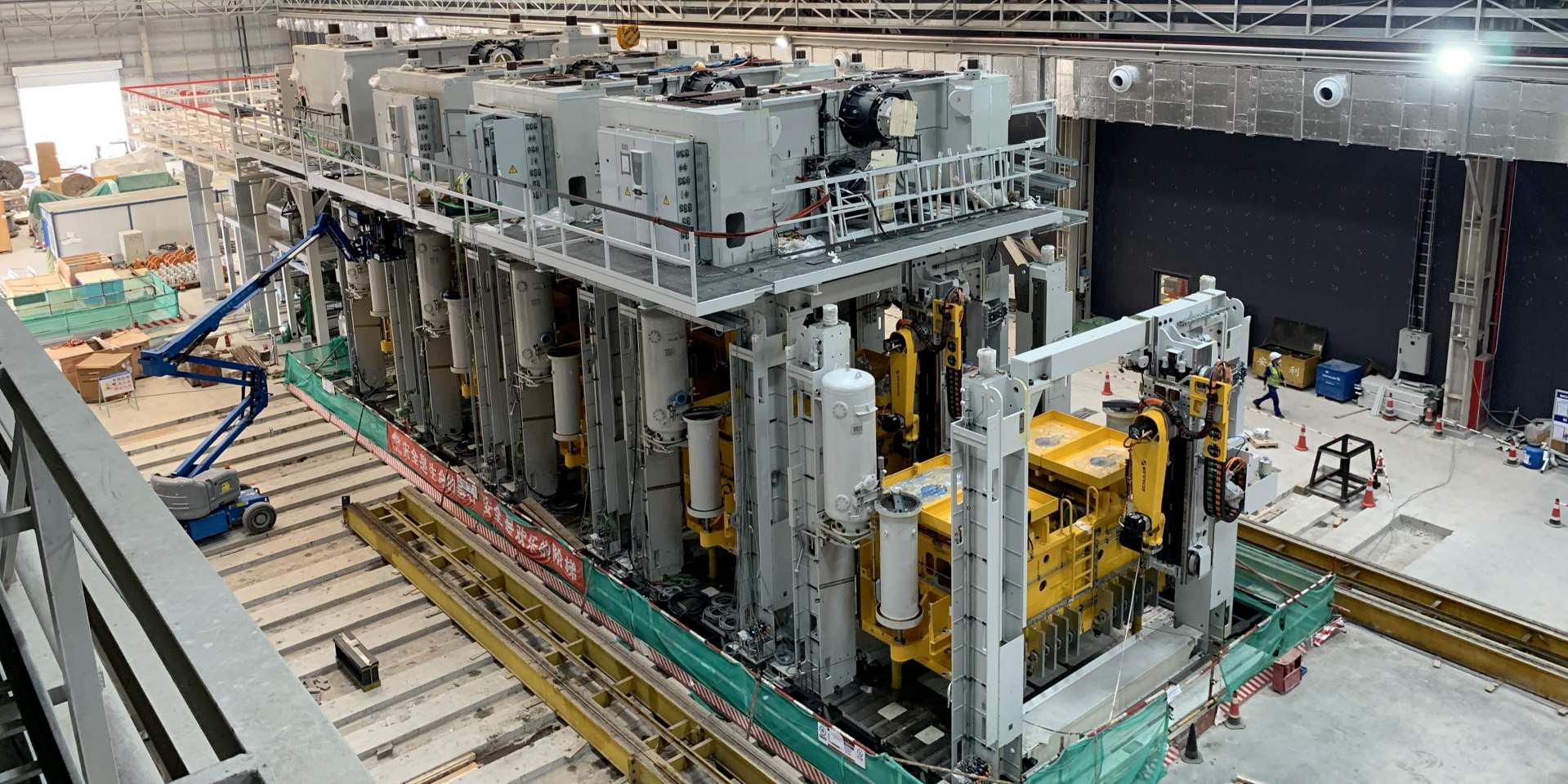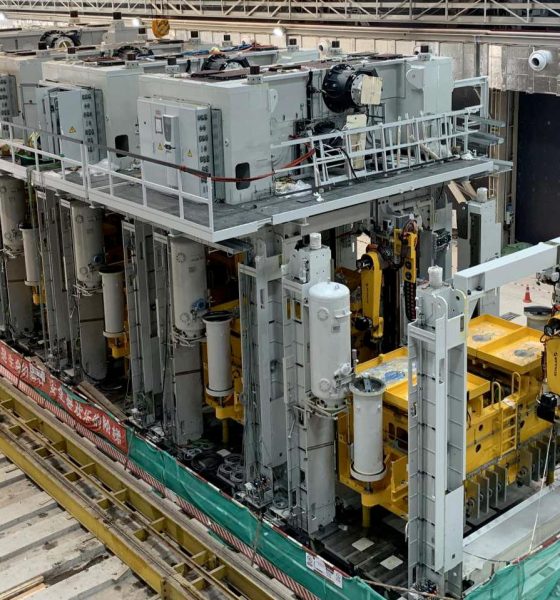Tesla’s (NASDAQ:TSLA) second-quarter earnings call comes on the heels of an impressive quarter that saw the electric car maker posting $6.036 billion in revenue and a $451 million non-GAAP net income, beating Wall Street’s estimates.
As revealed in the company’s Q2 2020 Update Letter, Tesla currently sits on $8.6 billion in cash. The Tesla Model Y ramp is also proving faster than the Model 3 ramp, which should allow the company to increase its output at the Fremont factory in the coming quarters. Tesla Energy had some milestones as well, with the Megapack being profitable and Solar Roof installations tripling in Q2 compared to Q1.
For today’s earnings call, Tesla executives are expected to address questions surrounding the company’s plans for the coming quarters, particularly its maintained guidance of 500,000 vehicle deliveries for the year. Updates on future projects such as the Cybertruck, Semi, and Roadster may also be mentioned, as well as more details on upcoming Gigafactories, particularly in the United States.
The following are live updates from Tesla’s Q2 2020 earnings call. I will be updating this article in real-time, so please keep refreshing the page to view the latest updates on this story. The first entry starts at the bottom of the page.
15:35 PT: And that wraps up Tesla’s second quarter earnings call! The questions this time around were pretty interesting, though it was a bit tiring to hear inquiries about demand once more. That said, it was great hearing Tesla executives’ thoughts on its upcoming products, as well as facilities that are yet to be built. Overall, an enjoyable call.
Thanks for staying with us today for this live blog. Till the next time!
15:33 PT: Jeffries takes the last question. The inquiry focused on battery capacity and Giga Berlin, especially if Tesla would need to get cells from other countries for its German plant. Elon responded by stating that he can’t really talk about the plans for Giga Berlin, but there will be local production of cells at the upcoming facility. Elon jokes about workers’ mobility in Europe, stating that he suggests that workers’ time in the region are better used.
15:30 PT: An inquiry from Emmanuel Rosner from Deutsche Bank about the near term demand for Tesla’s vehicles has been asked. Elon Musk noted that demand is not a problem. “The things that are troubling us right now is not demand,” Musk said.
A follow up question about Tesla’s 500k target for 2020 was expressed. Musk stated that it is hard to utilize a global supply chain, particularly during this year’s challenging times. He expressed his respect for companies and entities working the supply chain as well.
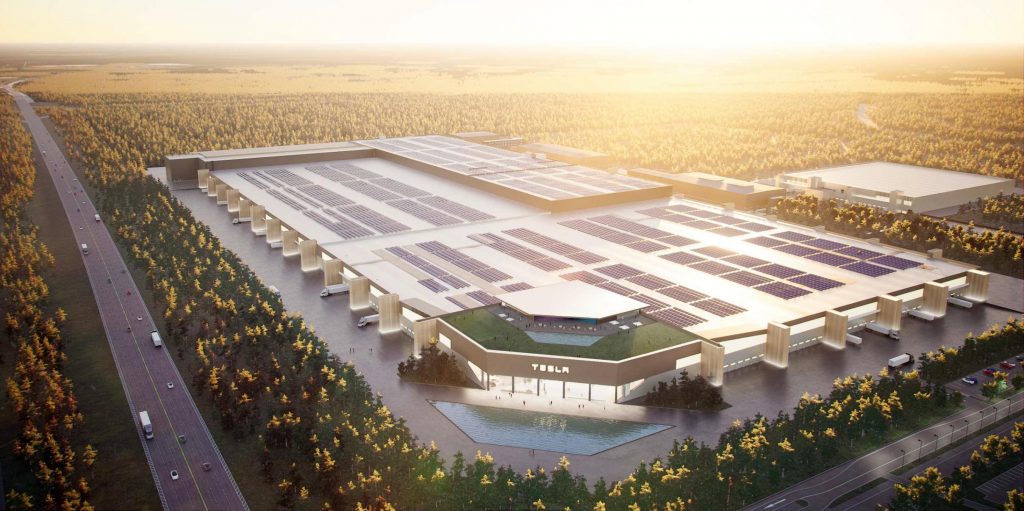
15:26 PT: Bernstein takes the floor, inquiring about operating margins and how it could be over time, as well as EV credits and how it could affect them. CFO Kirkhorn emphasizes that Tesla’s business is not managed with regulatory credits in focus. Elon Musk notes that Tesla buyers in the US don’t even get credits anymore, but despite this, sales have been doing well. Kirkhorn added that there is continued decline in the production costs of cars, especially in mature products like Model S, Model X, and Model 3. FSD and other software products, as well as future services like the Tesla Network, could also play a key role in operating margins. Kirkhorn admits that Tesla is in a journey here, so while the company benefits from regulatory credits now, this will not be the case in the long term.
Elon wants Tesla’s cars to be more affordable. He admits that it’s the pain point that bothers him the most for now. That said, Tesla has made some headway in this sense. After all, the company’s vehicles are being reduced in price over time, and improvements in battery tech will only accelerate this.
15:21 PT: Wall Street’s questions begin. First up is Dan Levy of Credit Suisse with a question about gross margins and Tesla’s differing approach in its various production facilities. Zach Kirkhorn responds, stating that the Model Y margins are improving. He did state that Model Y is still more expensive to produce than the Model 3. Elon added that Giga Shanghai is getting more and more localized, which makes a massive difference to the overall cost of vehicles that are made there. This could be seen in the price adjustments of the Model 3 in the country. Automotive President Guillen added that lots of suppliers are enthusiastic about supporting Tesla in China. The same will likely be true for Berlin as well.
15:15 PT: Next up is the Tesla Insurance ramp, as well as if the company will require Tesla Insurance for the company’s upcoming ride hailing network. Zach Kirkhorn notes that the current version of Tesla Insurance is only Version 1, or 0.9 as Elon noted. The CFO reiterates that Tesla Insurance has a data advantage, which allows the company to provide a viable service for Tesla customers. Tesla hopes to ramp Tesla Insurance to other states by the end of the year. “At the heart of every competitive insurance is the accuracy of your information,” Musk said.
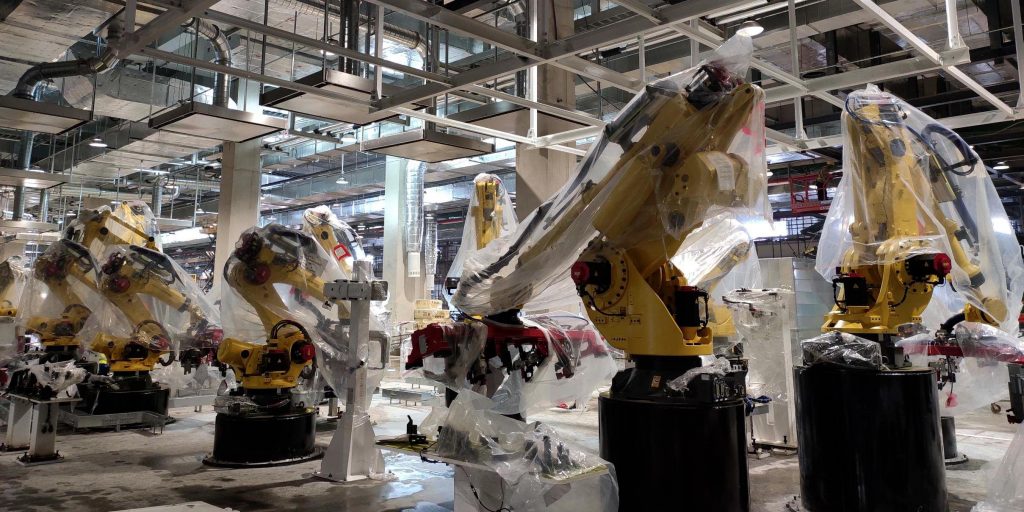
15:10 PT: Next up is a question about the Tesla Semi’s volume production. What does “volume production” mean? The first few units of the Tesla Semi will be used by Tesla to carry freight between Fremont and Nevada. There’s a lot of technology that will be going into the Semi, as suggested by Automotive President Jerome Guillen. He appears to be extremely excited for the Semi’s ramp, which is finally happening.
When asked about the discontinued Standard Range Model Y, Elon jokingly asked nickel companies to mine more as long as it’s efficient and environmentally friendly way. As noted by Musk, cell shortage is still the limiting factor for Tesla. It appears that the more batteries Tesla has access to, the more vehicles and types of vehicles it could produce.
15:05 PT: Tesla retail shareholder questions begin. First off is Tesla Energy and how it is largely ignored by Wall Street. How disruptive is Autobidder? Elon Musk noted that collectively the energy sector is bigger than automotive, so Tesla Energy would likely be just as big as its EV business. Ron Baron has mentioned this before when he stated that Tesla Energy has the potential to become a $500 billion business on its own.
Elon noted that Tesla’s mission is to accelerate the advent of sustainable energy. That push requires three parts: EVs, solar, and batteries. To accomplish the company’s primary goal, Tesla would have to ramp its energy business.
The Megapack is seeing a lot of demand. “Autobidder is Autopilot for grid type batteries,” as it ensures that the battery does everything it can as efficiently as it can. Creating such a system is very representative of Tesla since the company is known for tapping into software to complete targets.
15:00 PT: Responding to an inquiry about Autopilot, Elon explained that the driver assist system right now is pretty much operating in 2.5D. Operating in 4D is something completely different, and it will be game-changing. “The car will seem to have a giant improvement. It will probably roll out later this year. It will be able to do traffic lights, stops, turns, everything, pretty much. And then it will be a long march of (updates). It will definitely be better than human,” Musk said.
An inquiry about the Alien Dreadnought. Elon states that there’s about 10,000 more engineering required for the factory than the product itself. “We’re certainly making progress,” Elon said, stating that the Dreadnought is starting to approach Version 1, referring to Gigafactory Nevada. Perhaps Gigafactory Shanghai, Gigafactory Berlin, and the Austin Gigafactory will be Version 2. Interestingly, Elon also noted that the Model Y will look the same in Gigafactory Berlin, but the technology will be different.
Elon and other Tesla executives highlighted that the company loves manufacturing. The Alien Dreadnought is not all about replacing humans at all. The CEO seemingly plugs the maker movement once more, encouraging anyone interested to go into manufacturing. He is quite right about this. As Musk noted in the past, it’s difficult to have things when no one makes them.
14:50 PT: Questions from institutional investors begin. First up is about cheaper or region specific vehicles, or a product roadmap. Elon stated that while Tesla can’t reveal its product roadmap, it is reasonable to assume that Tesla would make a compact vehicle in the future. That said, he stated that there is still a long way to go with the Model 3, Model Y, and Cybertruck.
Second question is about FSD and software offerings. Elon notes that by far, FSD today is the most important thing. He expects the upgrade to FSD the biggest asset value rise in automotive history. The CEO does have a point, considering that full self driving may very well change the transportation world. Emphasizing this point, Elon states that everything else seems small in comparison. After FSD, it’s probably going to be all about entertainment.
Perhaps an app store is indeed in the pipeline sometime in the future.
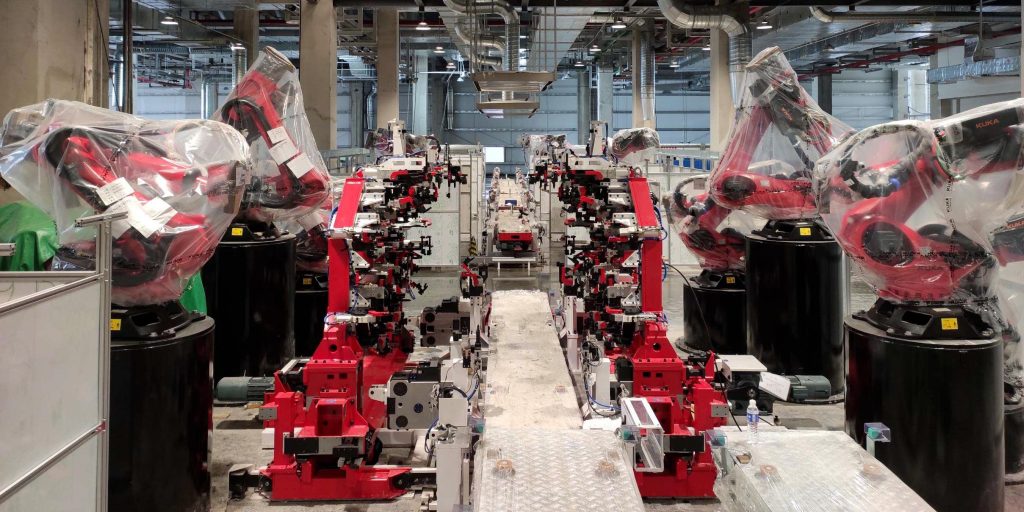
14:45 PT: Zach Kirkhorn takes the floor and thanks Tesla employees. He highlights Tesla’s four quarters of profitability, stating that the company optimized hard by initiating cost savings initiatives. This allowed the company to balance out the hits the company received due to the pandemic and Fremont’s shutdown. The CFO stated that in Q2, Tesla opted to pass on some of these savings to customers, referring to the cost reductions of the company’s vehicles.
Kirkhorn was also very optimistic about Tesla Energy, highlighting that the Megapack is now profitable. Solar and Solar Roof are also coming along nicely.
14:40 PT: The Tesla CEO also highlighted the Model S’ 400-mile EPA range, which is best in class. “I personally tested the latest (version of FSD) and I think it’s better profoundly than people realize. It’s almost getting to the point where I can go from my house to work without (requiring) interventions. This is why I’m confident about reaching feature complete FSD by the end of the year. (It’s because) I’m driving it,” he noted.
Also, Battery Day hype. “Thanks again for your support of our long term mission,” Elon said, closing his opening remarks. “I’ve never been more optimistic about the future of Tesla,” he added.
14:35 PT: Elon Musk thanks the Tesla team for their efforts in Q2. He sounds quite optimistic as he highlights how Tesla was able to grow at a time like this, when legacy auto is DOWN a lot. Elon also announced that its next Gigafactory will be in Texas. Looks like Austin won this round. It’s 5 minutes from the airport and it’s about 2,000 acres. “It will be stunning. It’s right by the Colorado River. It will have a boardwalk… It will be an ecological paradise. It will be open to the public as well,” Musk noted.
The Austin Gigafactory will produce the Cybertruck, the Model Y, and the Semi. Fremont will probably produce the next-generation Roadster. Elon also recognized Tulsa for a battle well fought. “‘I’d like to give a shoutout to Tulsa. I was super impressed… We will for sure consider Tulsa for future expansion of Tesla down the road,” the CEO noted.
14:32 PT: Tesla Investor Relations’ Martin Viecha takes the floor. Elon and Zach Kirkhorn, as well as other executives are present. Elon’s operating remarks begin.
14:31 PT: And it’s time for the earnings call. Let’s go!
14:29 PT: Quick factoid: Tesla had a bear case of $10 per share courtesy of Morgan Stanley during the height of 2019’s headwinds. I guess that estimate was a bit off.
14:25 PT: I have to admit, I’m pretty excited for this one. Anyone who’s been following Tesla over the past year would remember how it was in Q2 2019. Last year, it felt like the sharks were smelling blood in the water. TSLAQ members were sure Tesla was going down, and it wasn’t until Q3 when things started settling down. Oh, what a difference a year makes.
14:20 PT: It is time once more for Tesla’s quarterly earnings report! This quarter was pretty crazy, with Fremont being closed for several weeks and a lot of drama resulting from its reopening. Despite all these headwinds, Tesla posted a profit for Q2. That’s pretty insane, especially since the company was able to accomplish this during a literal pandemic. The Q2 2020 Update Letter is full of interesting details. Let’s brace for impact, everyone.

Investor's Corner
Tesla bear gets blunt with beliefs over company valuation
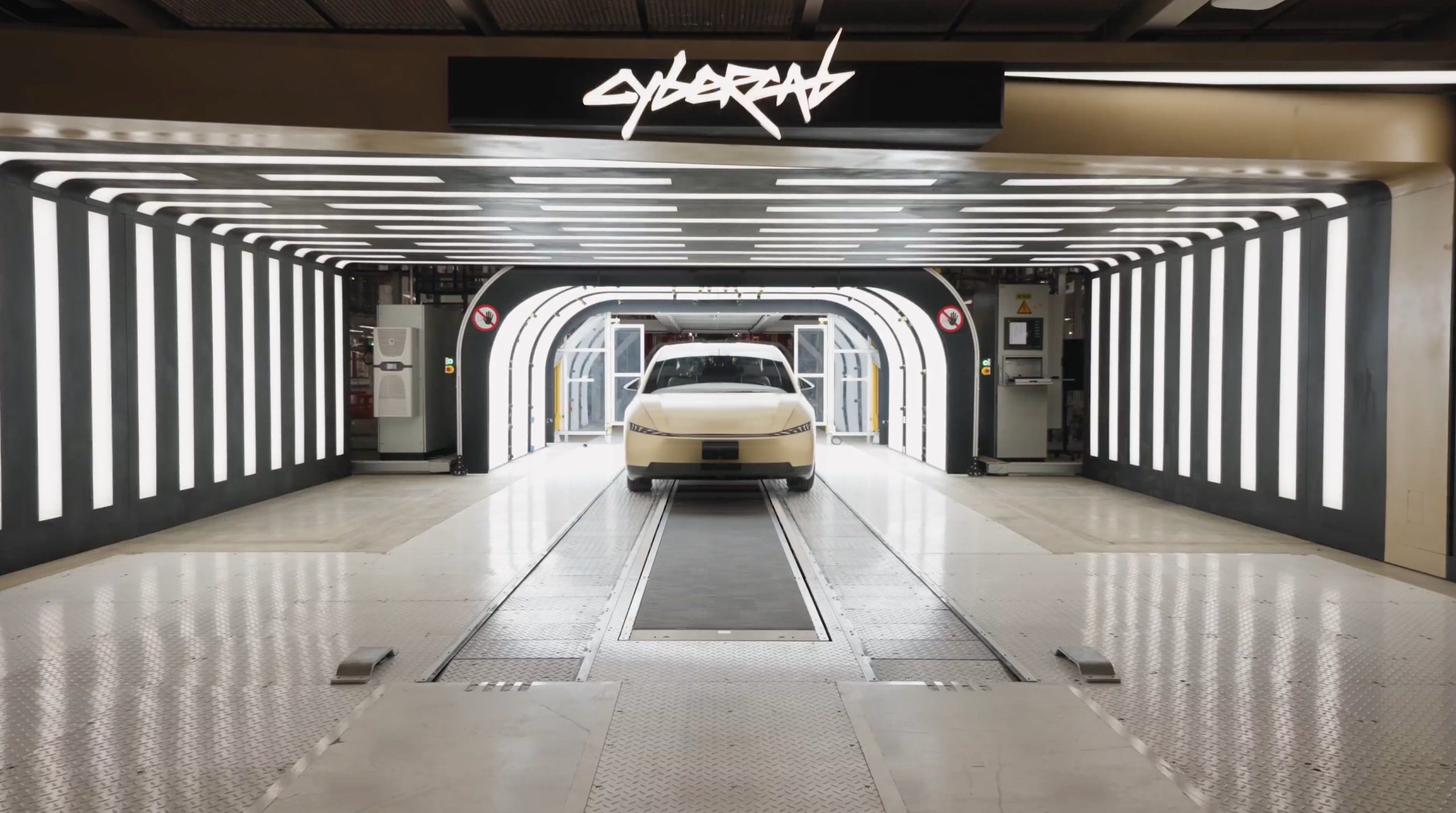
Tesla bear Michael Burry got blunt with his beliefs over the company’s valuation, which he called “ridiculously overvalued” in a newsletter to subscribers this past weekend.
“Tesla’s market capitalization is ridiculously overvalued today and has been for a good long time,” Burry, who was the inspiration for the movie The Big Short, and was portrayed by Christian Bale.
Burry went on to say, “As an aside, the Elon cult was all-in on electric cars until competition showed up, then all-in on autonomous driving until competition showed up, and now is all-in on robots — until competition shows up.”
Tesla bear Michael Burry ditches bet against $TSLA, says ‘media inflated’ the situation
For a long time, Burry has been skeptical of Tesla, its stock, and its CEO, Elon Musk, even placing a $530 million bet against shares several years ago. Eventually, Burry’s short position extended to other supporters of the company, including ARK Invest.
Tesla has long drawn skepticism from investors and more traditional analysts, who believe its valuation is overblown. However, the company is not traded as a traditional stock, something that other Wall Street firms have recognized.
While many believe the company has some serious pull as an automaker, an identity that helped it reach the valuation it has, Tesla has more than transformed into a robotics, AI, and self-driving play, pulling itself into the realm of some of the most recognizable stocks in tech.
Burry’s Scion Asset Management has put its money where its mouth is against Tesla stock on several occasions, but the firm has not yielded positive results, as shares have increased in value since 2020 by over 115 percent. The firm closed in May.
In 2020, it launched its short position, but by October 2021, it had ditched that position.
Tesla has had a tumultuous year on Wall Street, dipping significantly to around the $220 mark at one point. However, it rebounded significantly in September, climbing back up to the $400 region, as it currently trades at around $430.
It closed at $430.14 on Monday.
Investor's Corner
Mizuho keeps Tesla (TSLA) “Outperform” rating but lowers price target
As per the Mizuho analyst, upcoming changes to EV incentives in the U.S. and China could affect Tesla’s unit growth more than previously expected.
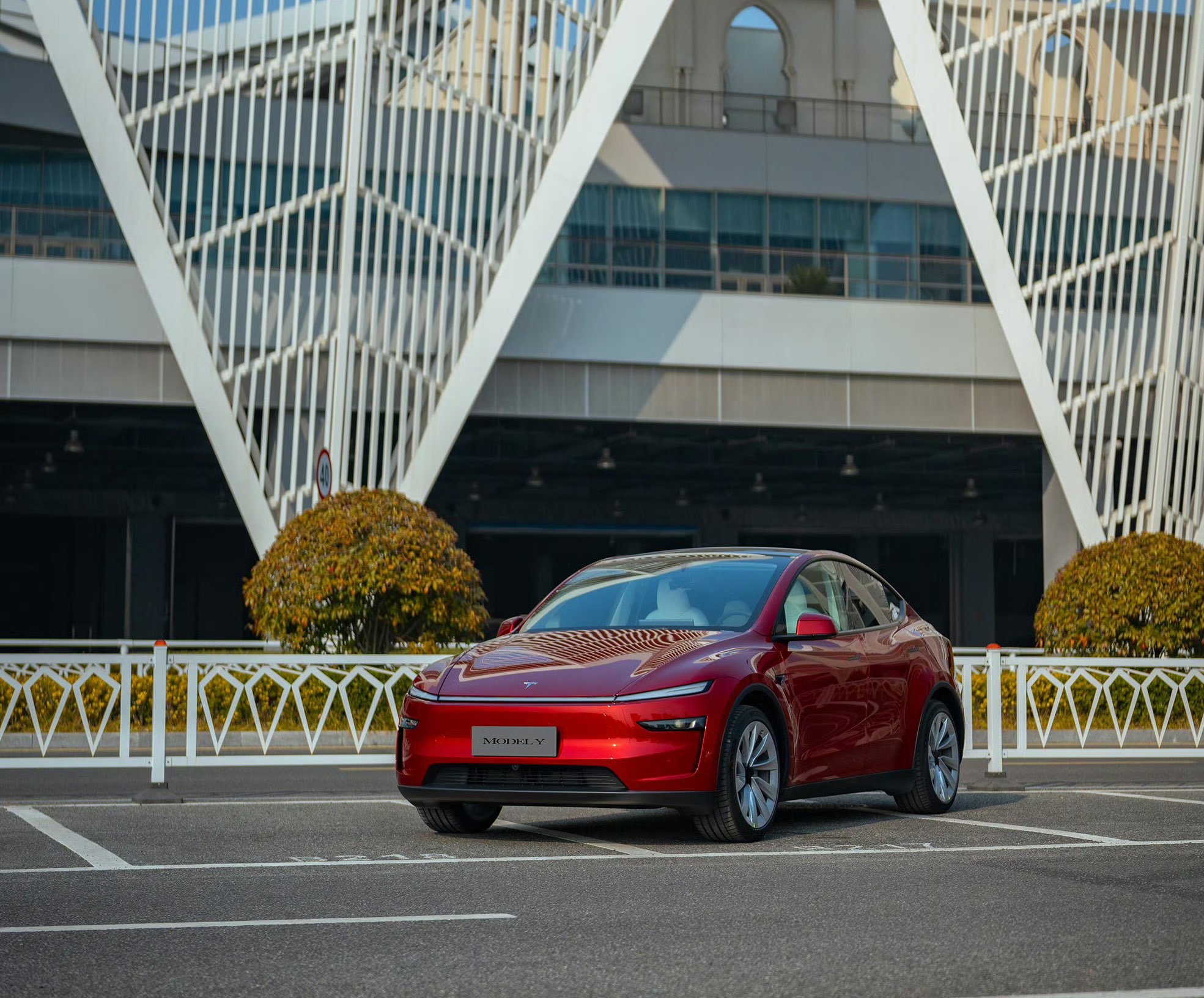
Mizuho analyst Vijay Rakesh lowered Tesla’s (NASDAQ:TSLA) price target to $475 from $485, citing potential 2026 EV subsidy cuts in the U.S. and China that could pressure deliveries. The firm maintained its Outperform rating for the electric vehicle maker, however.
As per the Mizuho analyst, upcoming changes to EV incentives in the U.S. and China could affect Tesla’s unit growth more than previously expected. The U.S. accounted for roughly 37% of Tesla’s third-quarter 2025 sales, while China represented about 34%, making both markets highly sensitive to policy shifts. Potential 50% cuts to Chinese subsidies and reduced U.S. incentives affected the firm’s outlook.
With those pressures factored in, the firm now expects Tesla to deliver 1.75 million vehicles in 2026 and 2 million in 2027, slightly below consensus estimates of 1.82 million and 2.15 million, respectively. The analyst was cautiously optimistic, as near-term pressure from subsidies is there, but the company’s long-term tech roadmap remains very compelling.
Despite the revised target, Mizuho remained optimistic on Tesla’s long-term technology roadmap. The firm highlighted three major growth drivers into 2027: the broader adoption of Full Self-Driving V14, the expansion of Tesla’s Robotaxi service, and the commercialization of Optimus, the company’s humanoid robot.
“We are lowering TSLA Ests/PT to $475 with Potential BEV headwinds in 2026E. We believe into 2026E, US (~37% of TSLA 3Q25 sales) EV subsidy cuts and China (34% of TSLA 3Q25 sales) potential 50% EV subsidy cuts could be a headwind to EV deliveries.
“We are now estimating TSLA deliveries for 2026/27E at 1.75M/2.00M (slightly below cons. 1.82M/2.15M). We see some LT drivers with FSD v14 adoption for autonomous, robotaxi launches, and humanoid robots into 2027 driving strength,” the analyst noted.
Investor's Corner
Tesla stock lands elusive ‘must own’ status from Wall Street firm
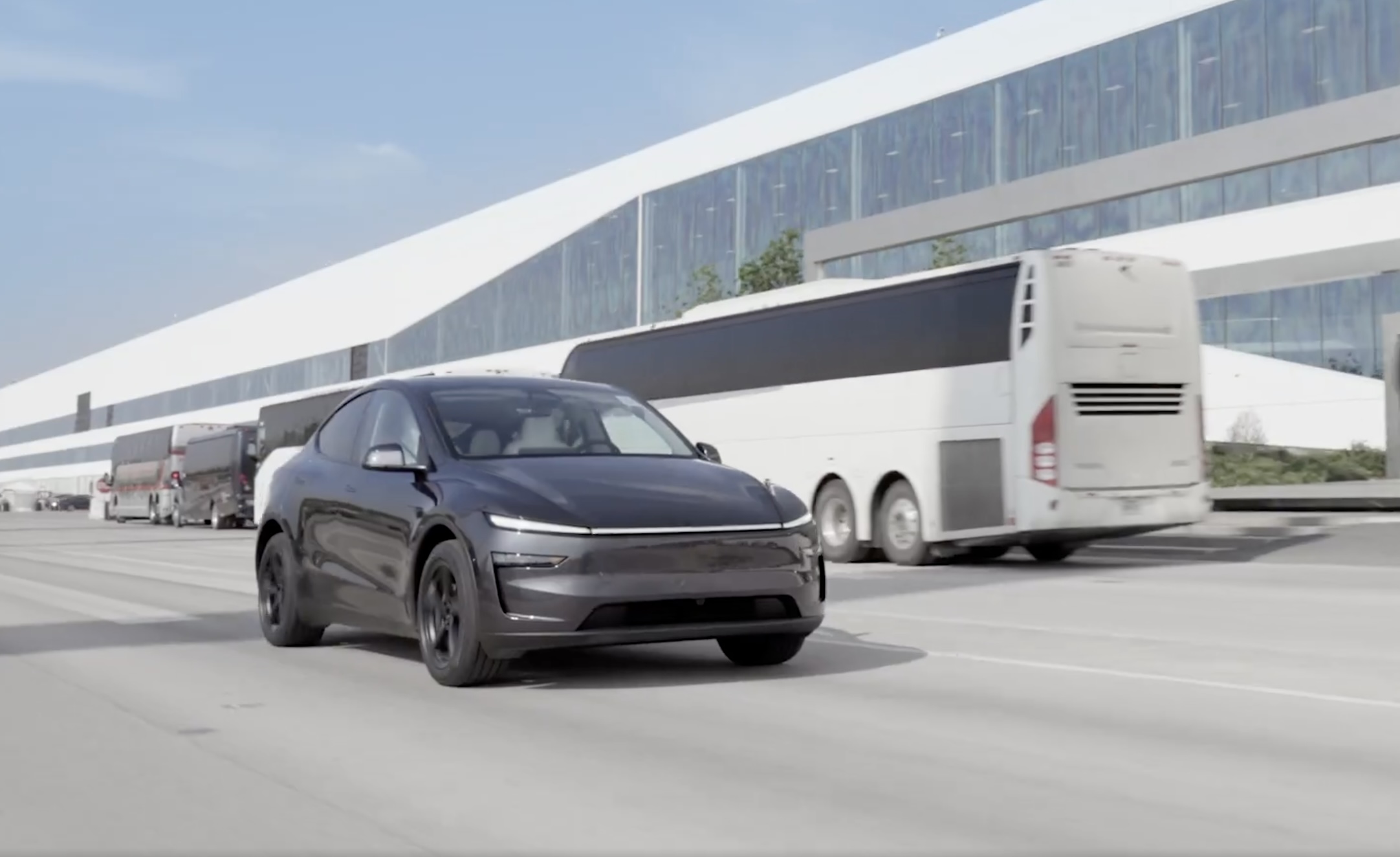
Tesla stock (NASDAQ: TSLA) has landed an elusive “must own” status from Wall Street firm Melius, according to a new note released early this week.
Analyst Rob Wertheimer said Tesla will lead the charge in world-changing tech, given the company’s focus on self-driving, autonomy, and Robotaxi. In a note to investors, Wertheimer said “the world is about to change, dramatically,” because of the advent of self-driving cars.
He looks at the industry and sees many potential players, but the firm says there will only be one true winner:
“Our point is not that Tesla is at risk, it’s that everybody else is.”
The major argument is that autonomy is nearing a tipping point where years of chipping away at the software and data needed to develop a sound, safe, and effective form of autonomous driving technology turn into an avalanche of progress.
Wertheimer believes autonomy is a $7 trillion sector,” and in the coming years, investors will see “hundreds of billions in value shift to Tesla.”
A lot of the major growth has to do with the all-too-common “butts in seats” strategy, as Wertheimer believes that only a fraction of people in the United States have ridden in a self-driving car. In Tesla’s regard, only “tens of thousands” have tried Tesla’s latest Full Self-Driving (Supervised) version, which is v14.
Tesla Full Self-Driving v14.2 – Full Review, the Good and the Bad
When it reaches a widespread rollout and more people are able to experience Tesla Full Self-Driving v14, he believes “it will shock most people.”
Citing things like Tesla’s massive data pool from its vehicles, as well as its shift to end-to-end neural nets in 2021 and 2022, as well as the upcoming AI5 chip, which will be put into a handful of vehicles next year, but will reach a wider rollout in 2027, Melius believes many investors are not aware of the pace of advancement in self-driving.
Tesla’s lead in its self-driving efforts is expanding, Wertheimer says. The company is making strategic choices on everything from hardware to software, manufacturing, and overall vehicle design. He says Tesla has left legacy automakers struggling to keep pace as they still rely on outdated architectures and fragmented supplier systems.
Tesla shares are up over 6 percent at 10:40 a.m. on the East Coast, trading at around $416.
